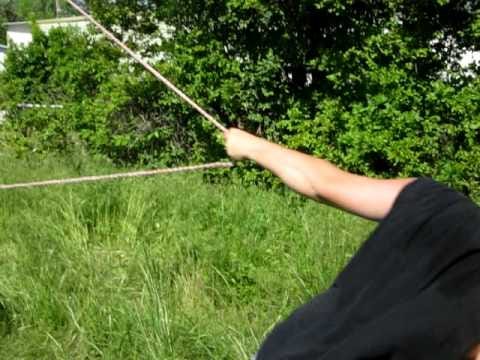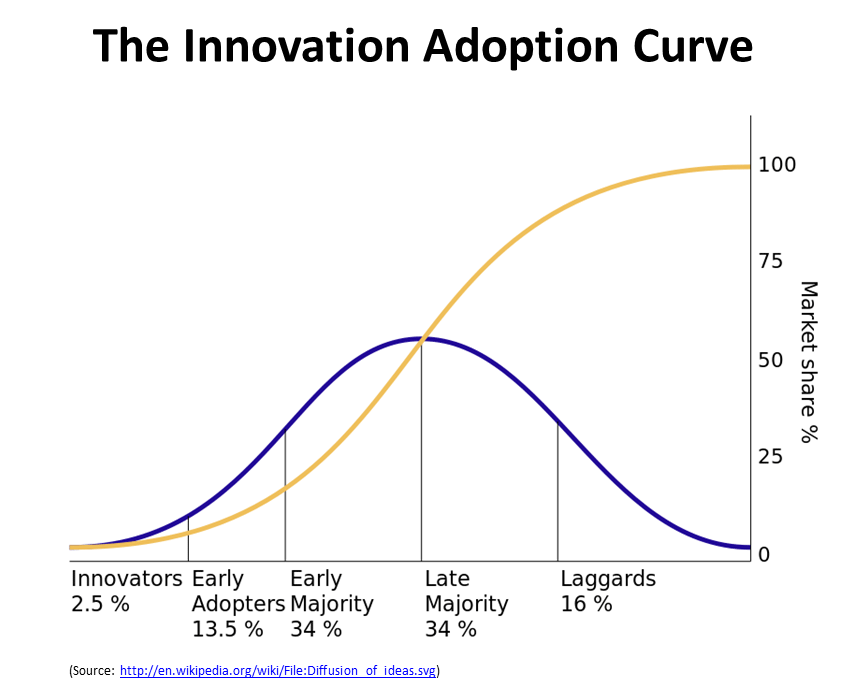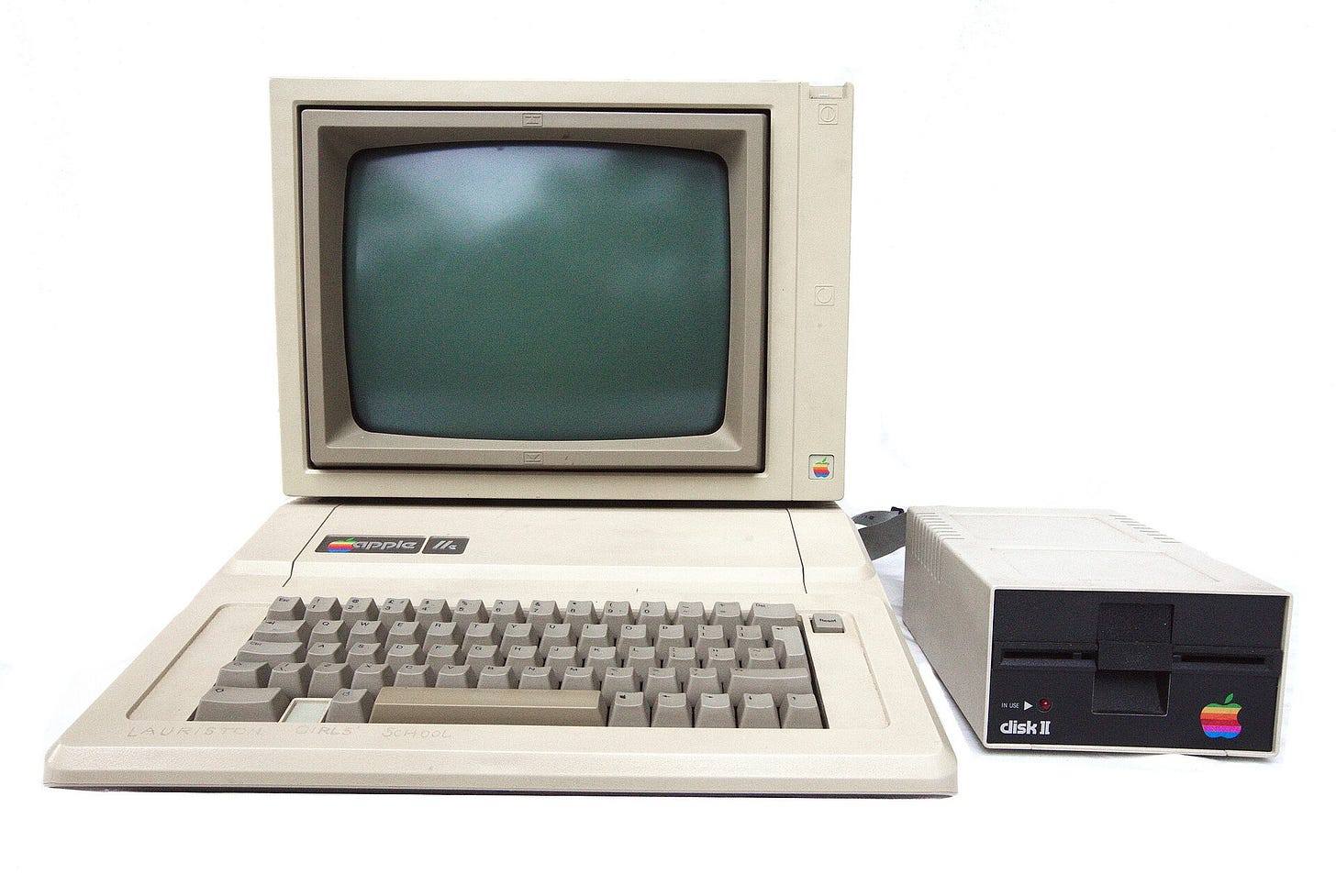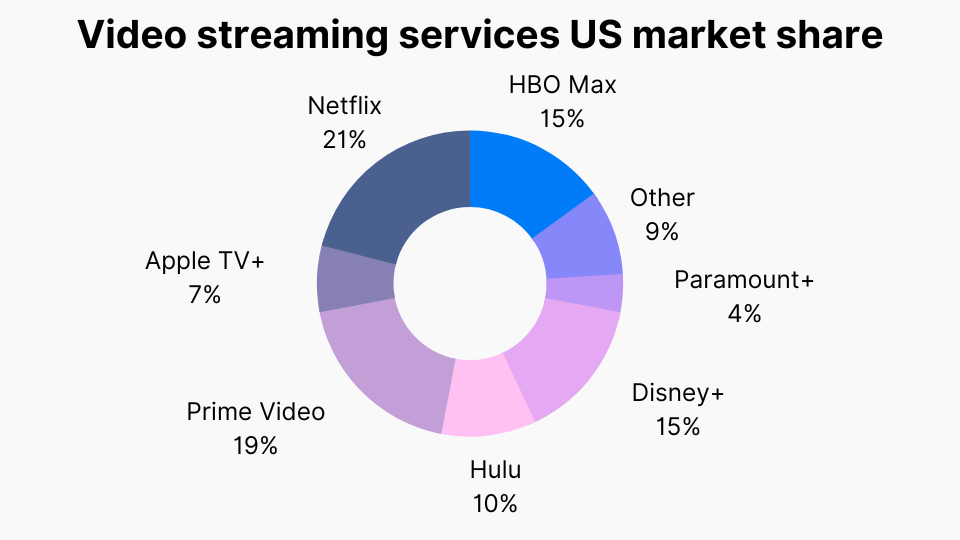Background:
When I got into cable, I had the feeling that it might be the next big thing in television entertainment. As I recounted in a Substack post, The Grunt, my first insights about this emerging technology resulted from the early adopters, the residents who came running out of their homes in the dead of winter with their names, and home telephone numbers written in ink on small pieces of paper. Ambulance chasers. They shoved these notes into my pockets while I dragged the lasher, and as our crew hung the cable. “Sign me up” is what these folks would say to me back in 1981 outside of Rochester NH in the dead of Winter. Cable was a subscription business like magazines; it still is to this day.
The Grunt
I was a grunt on a line crew; that was my first job in cable. The help wanted ad said Cable Construction. I had plenty of construction experience, so I drove down to Rochester NH, and I applied for the job in person. Once again it was Winter and I needed money to survive. For the second time in my short working career, I got a job offer within an hou…
But the truth is that my first experience with cable had come a decade earlier when I spent two years at Marietta College in the early seventies. We had cable there; or what was once known as a Community Antennae Television system (CATV system). Our tv lounge had a state-of-the-art color television; you could not get great reception in southern Ohio without cable. Two or three channels over the air at best; the picture quality wasn’t pretty on a 13-inch screen either. We tried with our rabbit ears, the antennae in our dorm room, but nothing would come in except some ghosts on a snowy screen. With a CATV connection, voila, crystal clear television. You had to have it— just for the reception! I spent a fair amount of time in that lounge where we would lobby for the next show to watch. After classes and before dinner and the library, I was always a vote for Bonanza or The Big Valley.
Cable is one of the few examples of a technological innovation, basically a new electronics trend, starting in the middle of the country and moving in two different directions—toward the east and west coasts. The last, large cities to have cable service in America, were Los Angeles and Boston. In addition to the major networks, those two major metropolitan areas had multiple, independent UHF stations. Channel 38 in Boston carried the Bruins, ran a great movie series, and had more diverse programming all day long. There were a couple of smaller UHF stations available as well. Partly because cable service had its roots in the Midwest, some people on the east and west coast actually looked down their noses at cable. There was also this relatively new television network called the Corporation for Public Broadcasting (PBS). It satisfied some really big entertainment needs; I know that because I was a big fan of Benny Hill and Nova.
Addressing bad reception only highlighted the more important issue with television back in the sixties and seventies which was the lack of programming. As picture quality improved due to the adoption of cable, it became increasingly obvious that it was essentially news, sports, and I dream of Jeannie, The Twilight Zone, and The Beverly Hillbillies. All the same programming that people had already. Viewers wanted the technology to give them more variety and entrepreneurs Like Chuck Dolan of Home Box Office (“HBO”) and Bill Rasmussen of the Entertaiment and Sports Network (“ESPN”) saw that and capitalized on the opportunity. These guys were ordinary men with excellent vision, who just happened to bet big on where television entertainment was going. They were right and both services that they founded are still quite alive today.
Not surprisingly two of the early cable programming companies that were not ABC, CBS, and NBC (collectively known as the big three) used capital letters and acronyms to brand themselves. HBO and ESPN emerged at this time with noteworthy distribution deals including boxing and wrestling deals. Sporting events have always been a big part of television programming. The public wanted more: movies, sitcoms, religious programming, as well as a broader array of sports coverage like SportsCenter— a daily show highlighting sports activity around the world. To fill the programming slots, ESPN showed kickboxing and alligator wrestling as well! It was low budget all the way until they secured the rights to March Madness and an advertising deal with Anheuser-Busch which vaulted them into the big time in the early eighties.
The Adoption Curve:
Whereas professional wrestling was a big driver of television adoption in the fifties and sixties, now it was time for the NFL and the MLB, and mainstream sports, to step out. Local Television stations began broadcasting live NFL games every Sunday when they were not blacked out due to empty seats. But it was the sweet science, boxing, that really drew the numbers back then. First, Mohammed Ali spurred the purchase of millions of tv sets in 1963, and then the boxer, Marvelous Marvin Hagler helped grow HBO, into a programming juggernaut more than a decade later with his closed-circuit fights which were aired on the pay TV service. His popularity soared, and Hagler went from boxing to Spaghetti Westerns before the decade was over; for a while there he was a big-time action film star.
The early days of closed-circuit events are featured briefly in two current offerings on the streaming services. The Iron Claw and Hands of Stone are both fairly accurate depictions of what consumers experienced. Professional wrestling and Championship boxing were huge draws. Just as an example, I watched Roberto Duran, the subject of Hands of Stone, take on Sugar Ray Leonard on closed circuit television with 15,000 other fans at the old Boston Garden in November of 1980. That was the “No mas” fight, when Duran gave up his title in the seventh round because he could not keep up with the more flamboyant and faster Leonard. He had defeated Leonard eight months earlier in one of the largest closed circuit television sporting events in history. To his day, the brawl in Montreal, between Duran and Leonard, is ranked #5 in closed circuit revenues and was telecast by HBO the next day on its cable service.
Television on Demand:
We called these sporting events pay per view or PPV. Today we would say that we were watching these events on streaming services. But it is the same thing. We don’t watch mainstream sporting events that way anymore, but occasionally you might be persuaded to buy a movie from Prime or Apple Tv. Or a wrestling event like WrestleMania 41 which will be live streamed on Netflix in 2025. According to the internet and Microsoft’s co-pilot, the WWE WrestleMania event is the longest running PPV event on television, which is just about as old as my career in cable. The event began in 1985 when I got my first big break in my career and went to work for Steve Dodge at American Cablesystems in Newburyport Mass. Steve Dodge was a serial entrepreneur who went on to found American Radio and then the very successful American Tower. A business legend on Boston’s North Shore, Steve died tragically a few years ago while riding his road bike in traffic.
While in this role in Newburyport, I got a chance to work on an interesting project which helped move my career along. Our equipment supplier, a company call Jerrold Electronics, was just getting purchased by General Instruments and the acquiror had a new and interesting view on the future of the cable industry. They were in the business of making equipment. They saw the potential for two-way cable plant (rf service upstream and downstream on the cable) and the possibility of what they called Impulse Pay per View, IPPV which was the self-authorized version of PPV. Buy it on a whim and pay later is what they were essentially promoting. It seemed like an interesting concept to me, and I invested a lot of my personal time and energy into making the trial a success from our local side.
We activated the return spectrum in about half of our cable plant in the Newburyport system and tried out the newfangled IPPV boxes on our reverse spectrum. We put out about three hundred of these devices into some homes that we selected at random. Every employee on the system got a box as well and we began to gather the data from purchases. I stored it all in a data base program on my new, used Apple 2 E. I kept track of when people made purchases, what they bought, and our error rates which were fairly high. We gained some insights into how to present the menu of movies to the customers. This was 1985 and the user graphic and interface was not easy to understand. But we concluded that customers would use such a service, and that the take rates would be significant on impulse, but we were getting acquired by Continental Cablevision and so the experiment was shelved.
The focus wasn’t about sporting events but rather offering a movie library with lots of choices. Recent box office hits were offered for $3.95 and old movie titles for much less. The technology worked, the concept was a success, but we were way ahead of our time. It would take another decade or so for a concept like the internet to take hold and spur a new interest in self-authorized or IPPV viewing. The concept of on demand or self-authorization was not a big draw until much later and a new generation of television viewers was born. Around 2010 on demand programming really took off with technology solutions like Digital Video Recorders (DVRs) and TIVO. Today we no longer say on demand, the concept has been rebranded as streaming services. And here we are today where rebranding applies to everything from food products to presidential campaigns.
Broadband Adoption:
Unlike the plain old telephone network or the power and light infrastructure that was built in America during the first half of the century, the Cable Industry was a shining example of a network that was 100% privately built. Cable systems across the US had been built by families, by closely held limited partnerships, and by private equity backed LLCs and Corporations that grew rapidly through acquisition. There were over a hundred sizeable operators, all of them trying to get bigger. Fortunately, at about the same time, as the adoption of cable began to stall, another concept called broadband came along and that created a surge in subscriptions for the industry. At first, it was just as I describer earlier, the activation of the reverse RF system. But quickly everyone in the industry agreed on standards and the need for fiber in the network and nodes from which residential service could be offered. A relatively fast, reliable internet service that proved to be much better than dial up or DSL internet over the twisted pair POTs line was born deploying the cable modem termination system (CMTS) protocols.
Every wave of technology adoption comes on faster and is shorter in duration it seems. Electricity took a half century to reach nearly everyone in America; the telephone network took less time to span the country, but basic communications took a long time to reach one hundred million households. Both of these utilities were subsidized by our government as well. The cellular and cable industries were different and built faster. Both services were always conceived of as a backup; the cellular network did not replace landline services and the alternative to cable was free, over the air reception. There was not much by the way of government help or interest to spur the growth of either. Nevertheless, cable modem service, which was essentially a better mousetrap, really took off. It finally reached its apex at the outset of Covid when nearly every household had one broadband connection and hardly a few were delivered via satellite or twisted pair.
The Convergence of Content and Platforms:
It has fascinated me to watch the adoption of social networks and other forms of service that look almost like utilities today- like cable service was three decades ago. People have to have them! I am old enough to remember the business before the internet; today I see a very mature market where companies are competing for new customers in a highly competitive environment. A broadband connection in nearly every home in the nation. Another trend that is very visible, the evolution from utility service to a focus on customer service and loyalty. This is the reason why so many cable and telecom companies rebranded themselves and have tried to differentiate themselves from their past cable images. The old image was not attractive to a new and younger consumer.
I can remember when we started to notice the adoption of social networks like Facebook, LinkedIn, Amazon, Craig’s list, & Myspace late in the first decade of the new century. Then came Twitter, UTube, and Instagram which were more like apps for your smart phone. The Obama era of net neutrality and the dominance of the streaming services emerged very quickly. The industry was headed this way since the Democratic party took over the white house in 2009, however, not every cable operator was on board. Without much of a national debate, an order was created at the FCC, the cleverly sold “Net Neutrality”, that gave Netflix, Apple, Prime, Comcast (Peacock), Hulu, Disney, and Paramount, the green light to expand without compensating Internet Service Providers. Less than ten years after the enacting this concept, 99% of household in America would subscribe to at least one streaming service. Billions of dollars of market value were created with a single signature on the net neutrality ruling out of the FCC. Not surprisingly the Obamas signed a lucrative deal with Netflix as they exited the White House.
There are still Dish, Direct TV, and cable customers, but these embattled cable companies are hemorrhaging customers and shareholder value at alarming rates. I saw recently where Charter (Spectrum) might be able to get their own programming deal done. They will need their own programming library to stay relevant in this new world. But the outlook is not so good for the smaller MSOs like Altice, Cable One, Mediacom. Cogeco, a Canadian company that I was familiar with, bet big on cable and internet in the USA and it appears likely that they will lose their shirts. They did not read the tea leaves very well.
Conclusion:
The concepts and the terms that I am using are old school. No one talks like this anymore so forgive me. Here’s what you need to know today to see where this is headed. It is all about Content and Platforms. In order to survive in this new world of video entertainment, you need to own the content and the platform that you are making it available on. Trump undid net neutrality, but the genie was already out of the bottle; that did nothing to stop the trend of programming going to the streaming services. Today, you have to pay about $50 bucks per month to get the same array of football games as you did on cable for about the same price. Just football! Back in its heyday, we cable operators argued that bundling the services all together resulted in a more diverse and economic package for consumers. That was our argument against a la carte ordering. In retrospect, I think that we were right. The cost of watching television is going up.
A few Predictions:
It is not hard to see where this is headed. I think that consumers should be concerned about the concentration of power at the big streaming services, particularly Netflix, Amazon, and Apple. I worry about Google and their UTube service. These companies will squash new entrants into the market. Smaller, quieter, and niche platforms that are trying to do different things may get purchased. Take Substack as an example. You might not see it for a few years, but how would this service work if acquired by Amazon Prime? The Substack platform is a rare example today of an independent platform that has original content which is not owned and controlled by any of the other big players.
Another trend that is worth watching is the private fiber overbuilders. There are hundreds of privately owned overbuilders looking to upgrade the level of internet service via a 100% fiber network. However, the publicly traded cable giants, Comcast and Charter, are spending millions of dollars upgrading their hybrid coax/fiber networks and keeping pace with speed and reliability already. T-Mobile and other wireless providers are constantly improving their internet service, making wires (fiber or otherwise) unnecessary. Starlink, a superior satellite product, continues to grow in rural America. In general, broadband Internet is a commodity that appears more like a utility service rather than a source of entertainment and I question whether it is a growth industry at this point? Seems more like the rental car business to me.
T-Mobile will be buying up premier fiber networks to increase their penetration and to make themselves look more like AT&T and Verizon. Both of those companies have wireless and fiber solutions. Ironically Verizon will be buying Frontier, a company division that it sold off decades ago. There will be a short period of consolidation which will make some investors money, but it seems more likely that these fiber providers will be valued on the investment that they make into the plant and construction and not on revenues and earnings which will be lacking. Not to beat a dead horse, but if you do not have an NFL or studio deal, you will not prosper into the future.
The pace of change is accelerating due to rapid advancements in technology. There will be lots of new concepts and ideas. The impact of globalism is affecting entertainment as well. Government intervention will not be predictable or even-handed in the future in any country. There will be lots of stops and starts as new ideas are proliferated and then demolished. However, one thing is certain and that is the key players, the streaming services, have the upper hand at this moment and they will use this dominance to increase revenues and profits. This does not get a lot of debate on the campaign trail; the press focuses on the free speech aspects of these platforms, but the real question comes down to this: how much discretionary income can consumers spend on entertainment? The answer at this moment seems to be the same as it was back in 1981 when I first got into cable television. Not as much as the content creators would like!
Finally:
The convergence of content creators and platforms will dominate the video entertainment industry for the foreseeable future. We have already entered a period of stability with the new order of streaming services which will last for decades, like the golden era of cable. There will be further consolidation and some shakeout, but the delivery will of these services will not change. The user interfaces will hopefully improve!
I am beginning to hear the word platform being used to describe fame, the number of followers that you have, your connections, and your Substack readership. In this interconnected, always online world, the number of people who listen to what you say is your platform. Content creators are fighting over the attention spans of people around the world, and it is tough to get heard. Celebrity brands are dominant. You need a platform which is fame and notoriety. Look for more of this unfortunately, the use of celebrity spokespeople, and the need for a huge platform to run for public office. The myth of the internet giving every citizen on earth a position from which they can express their opinions will be shattered by reality: it will be too difficult to get your message out and governments around the world will always be suspicion about opposing opinions.
Video rules. Less is more when it comes to words. I think back to the original, made for television, self-promoter and content creator in America, Cassius Clay aka Mohammed Ali. He was way ahead of his time in realizing how images on a television screen could influence people and words strung tother like poems would get heard over the noise of the press and Howard Cossell. We had just a glimpse of this in the early sixties with the Nixon/Kennedy debate which Nixon won on the radio and lost on television. He was sweating which was not a good look for a presidential candidate. Professional wrestlers, like Haystack Calhoun had known about the power of television images since the fifties; in fact, professional wrestling has always been about persona, characters, and story lines.
The adoption curve is a constant. What changes is the duration it takes to complete a full cycle. The adoption of new technology appears to be getting faster and faster. However, when it comes to television entertainment, the more things change, the more they remain the same. Professional Wrestling still rules and there are more and Springstein’s lament that there are ninety-nine channels and nothing on is as true today as it was in 1971 when I first watched television hooked up to cable!





